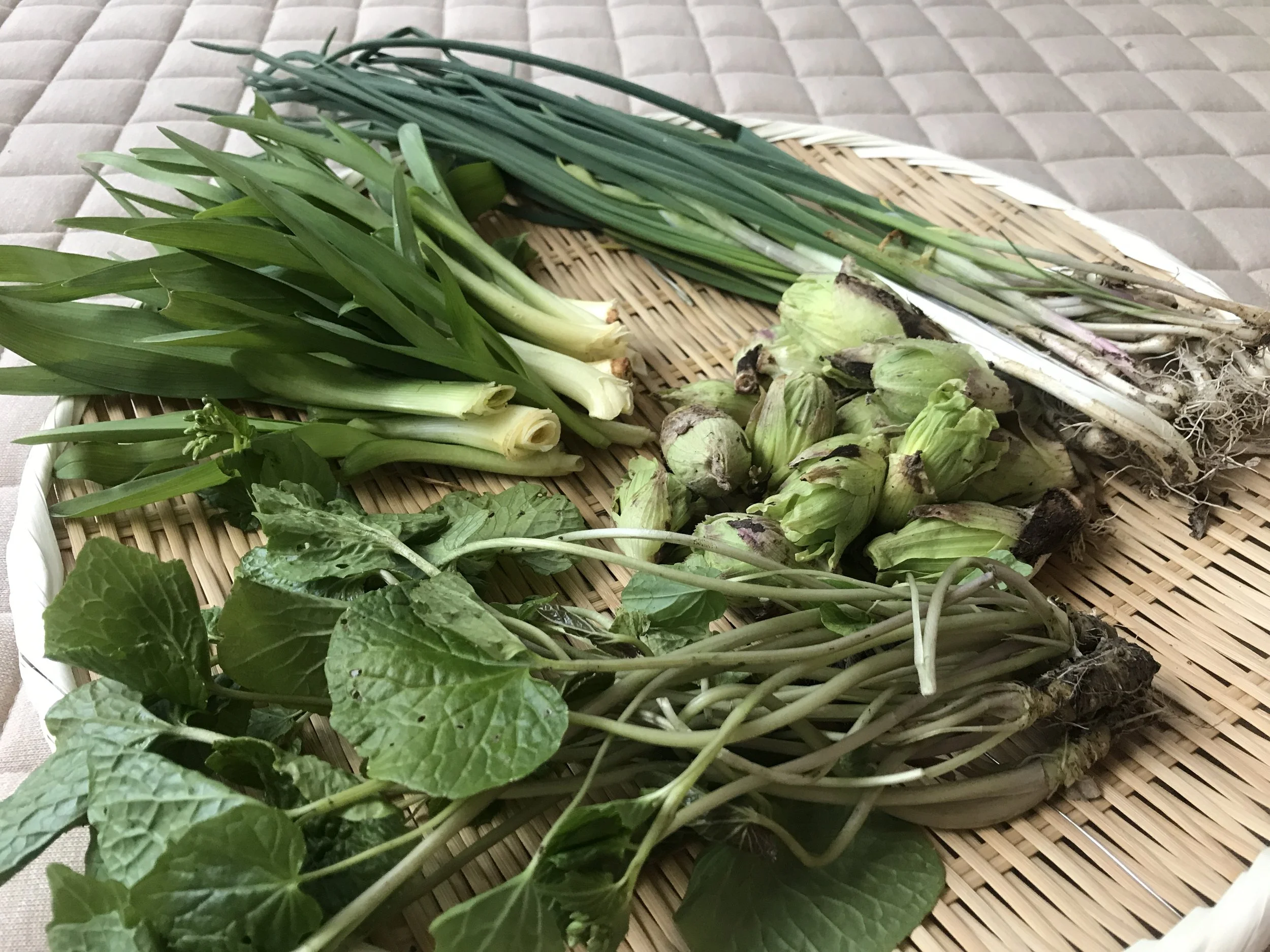Microseason: Butterbur Buds
WINTER
DEEP CHILL
BUTTERBUR BUDS
20 - 24 January
Called Hatsukashogatsu, historically, New Years celebrations completed on the 20th January. Which means finishing all of the festive food and drink of the season and beginning annual work on this day. Butterbur is one of our great inklings of Spring, and just the medicine we need to get back to work.
Beneath the frozen ground, flora of all sorts are beginning to prepare for the arrival of Spring. Whilst it is the coldest season of the year, there are always signs of life and renewal. Fukinoto butterbur buds flower within heavy snow. "Fuki" is said to originate from fuyuki or Winter yellow, which is an ode to the plant's yellowish flowers that bloom during the depths of Winter.
Butterbur has been a vital source of medicinal energy in Winter for about 15 thousand years in Japan, and first cultivated as early as the Heian period starting in the late 700s. By this time, it was also traded in markets. Both the butterbur sprouts and the leaf stalks have long been used as food. They are believed to promote rejuvenation by transferring the plant’s vitality into the body. We know today that butterbur contains loads of nutrients and antioxidants that revitalize cells, promotes digestive health, and contain properties to help alleviate hay fever symptoms ahead of Spring.
The most common way we enjoy butterbur is deep-fried and eaten with a bit of salt, or blended with miso and used as an aromatic condiment to top rice or simply braised dishes. We say that the distinctive aroma and rich bitterness of young Spring greens, awakens the senses and the body out of Winter slumber, heralding the arrival of Spring and preparing us for the year’s work ahead.
Photo credit: Momoko Nakamura

